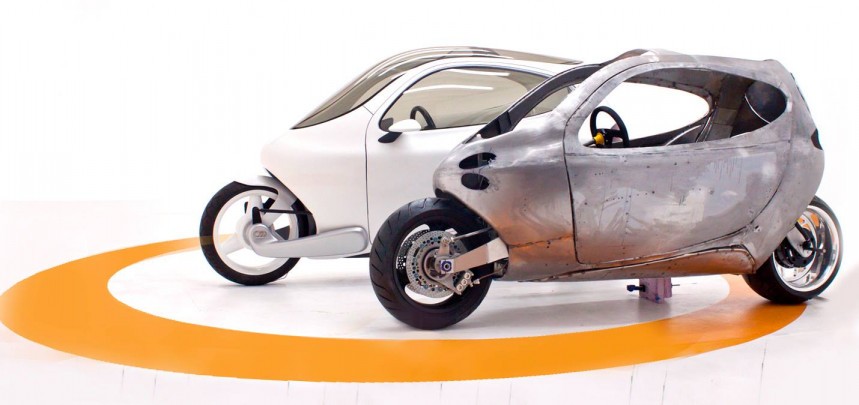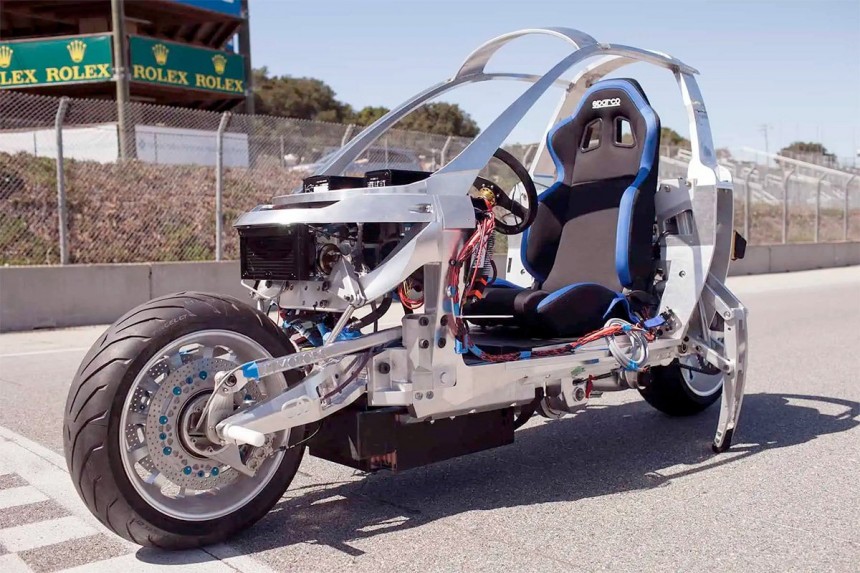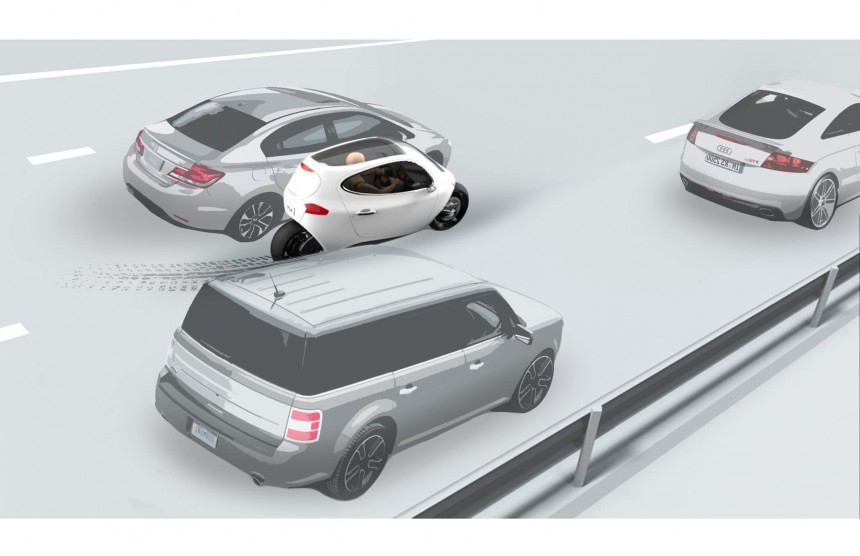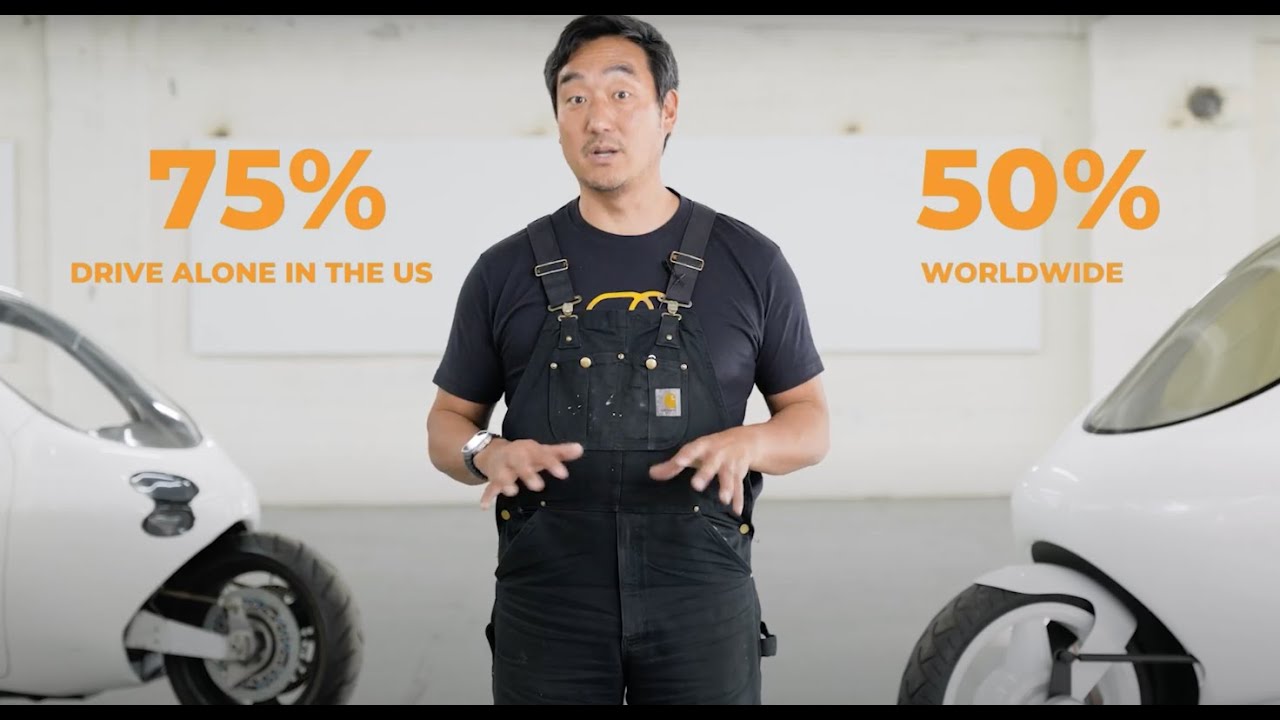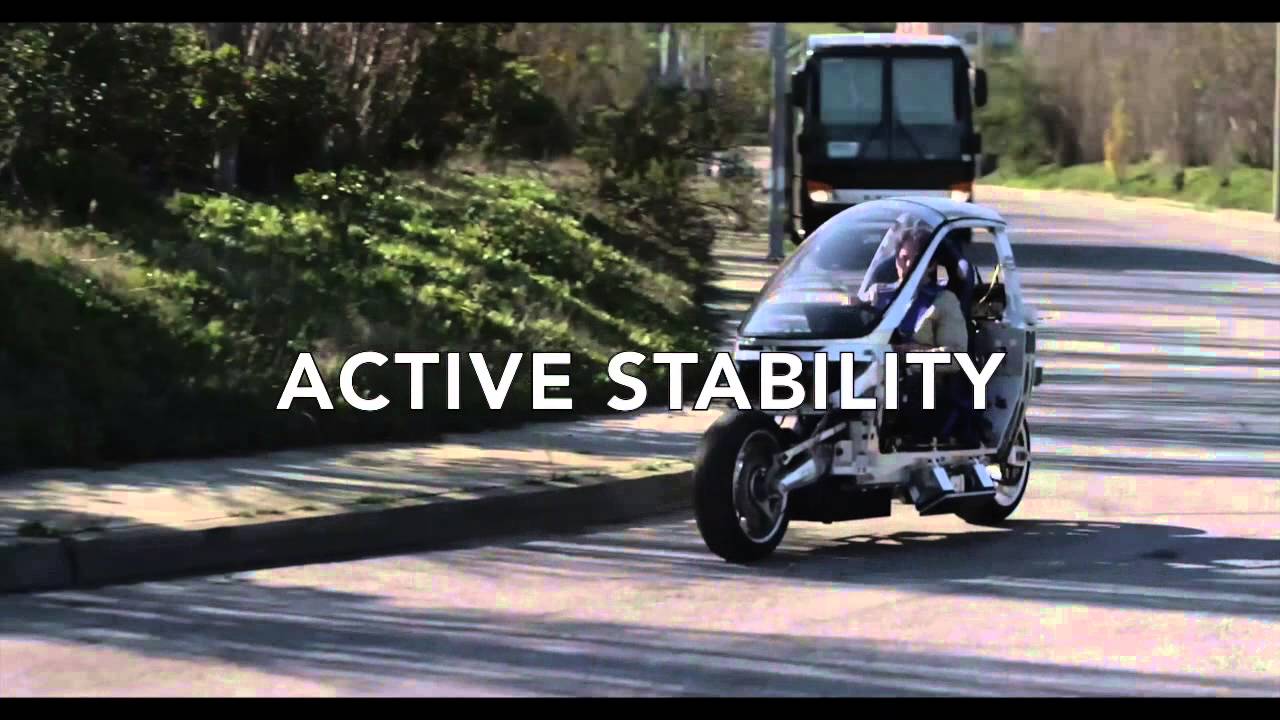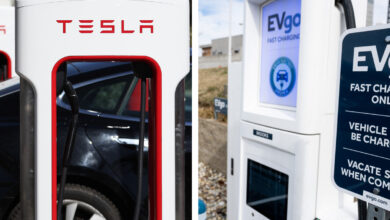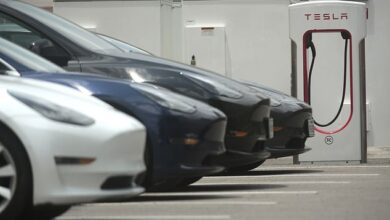C-1 Is An Auto-Balance EV That’s Half-Motorcycle, Half-Car, and All-Awesome

It’s not so much that certain designers and many startups hate automobiles, but rather that they’ve openly declared war on them out of a reasoning that cars have outgrown their utility and overstayed their welcome. Danny Kim, the brains behind the AEV C-1, is one of those people to openly declare that cars need to be replaced.
In 2015, just as the company was about to start further development on their first prototype, CEO Danny Kim, the man who takes all the credit for the C-1 concept, was involved in a serious motorcycle crash that put him in a wheelchair, forced him on the sidelines for the following five years, and put all C-1 plans on hold indefinitely.
As of early 2023, C-1 from Lit Motors is officially back or, at the very least, as “back” as a concept could be. The C-1 is classified as an AEV, which stands for Auto-Balance Electric Vehicle, or a self-stabilizing fully-enclosed electric motorcycle. Or, as Kim once said, it’s a car cut in half and, in the process, rendered more efficient, more sustainable, and more convenient. Also, more fun.
The C-1 isn’t technically a motorcycle, since a motorcycle – as Kim learned in 2015 while testing 45-degree leans on a test track – can topple in certain situations, with potentially disastrous consequences dependent to the traveling speed. It’s a motorcycle-style, fully-enclosed electric vehicle; a car cut in half in every aspect that matters except performance, efficiency, and comfort.
On these three final counts, Lit Motors promises that the C-1 is better.
The C-1 seats two people in tandem, so the operator and a passenger. Being lighter than 1,000 lbs (454 kg), it uses a smaller battery pack to cover the same distance as a typical electric vehicle. Seeing how figures have shown that most people will travel in a full-size passenger car on their own, the C-1 is more sustainable and will not contribute to existing congestion in urban areas.
The C-1 also boasts fewer parts, which adds to its sustainability because the carbon footprint during the production cycle is smaller. It’s about 80% more efficient than a regular EV and can cut commute times by as much as 30% because of its compact dimensions, which allows it to zap through traffic without issues, much like a motorcycle or a bicycle would.
Unlike these, though, the C-1 features an enclosed body for weather protection, including scissor doors, and even some cargo space. Standard equipment will include seatbelts and airbags, and what Lit Motors describes as a new standard in 2-wheel safety thanks to the self-balancing system.
That system was also what earned the C-1 national fame when it was first introduced. In the years that passed, Kim made sure to patent the “integrated control method for balancing a two-wheeled vehicle using control movement gyroscopes and drive-by-wire steering systems,” and to bring in experts from the automotive field to work on the most recent iteration. These include Volker Kaese from Audi and Gary Gisler, a retired Honeywell Control Moment Gyro (CMG) expert, both of whom joined the company for the development of the beta prototype.
When Kim had the accident in 2015 and was eventually forced to ice the C-1 project, Lit Motors already had a working prototype, though it would only move at speeds of about 10 mph (16 mph). The recently-revived company is now working on a new beta, which they plan to introduce, develop, and refine into a production-ready unit over the next year and a half.
Now that the EV tech has matured, the specs on the C-1 have also changed. Power will come from a 72KW motor (20KW nominal) capable of taking it to speeds of over 100 mph (161 kph). Estimated range will be 170 miles (273.5 km) per a single four-hour charge, and the AEV will be capable of tilting to 45 degrees on turns – and self-balance even when it’s not moving.
Pricing has also been updated, to an estimated $32,000 that remains subject to change as work progresses. Still, for an electric vehicle that promises the comfort of a car and the practicality of a motorcycle, with extra bonus points for sustainability, more efficiency, and more convenience, it wouldn’t be too high an amount to ask.
Even some of the original backers and investors of Lit Motors and their C-1 are excited about the recent resurrection and plans to finally bring the AEV to market.
Speaking of plans, Kim’s are very impressive: 10 million vehicles produced over the next 10 years and a possible global expansion. Kim is convinced vehicles like the C-1 are the future and that the clock is ticking on all cars – both ICE (internal combustion engines) variants and EVs.
